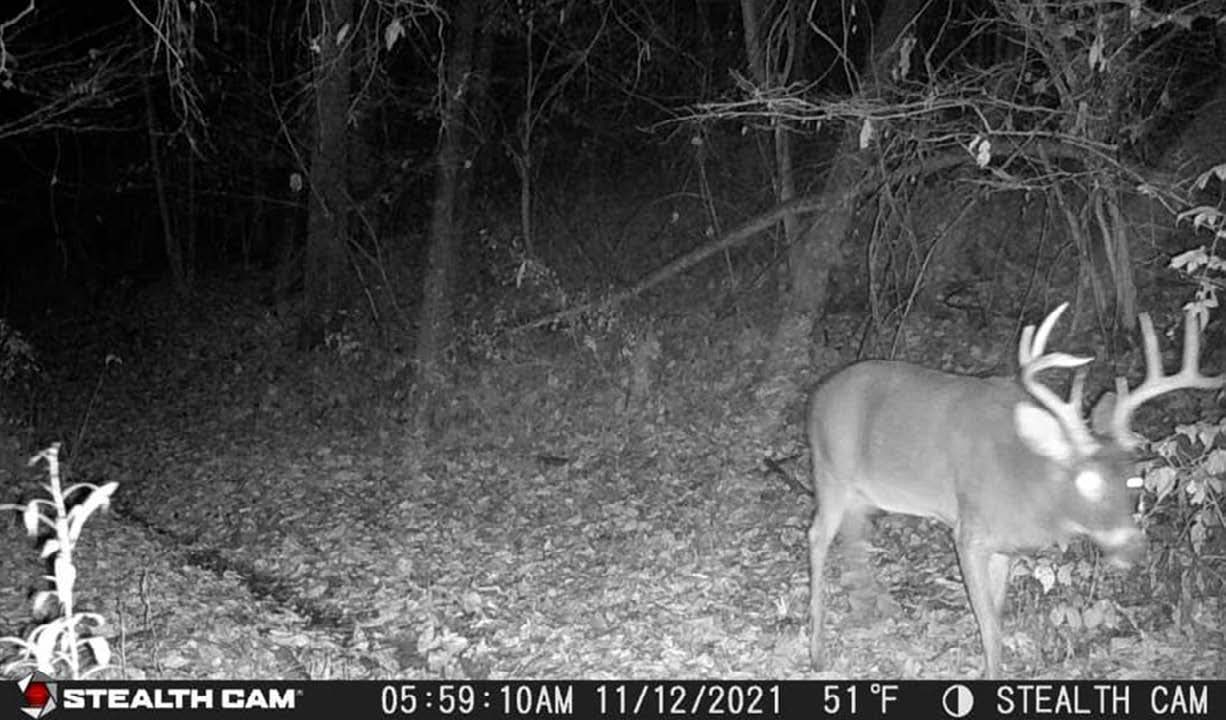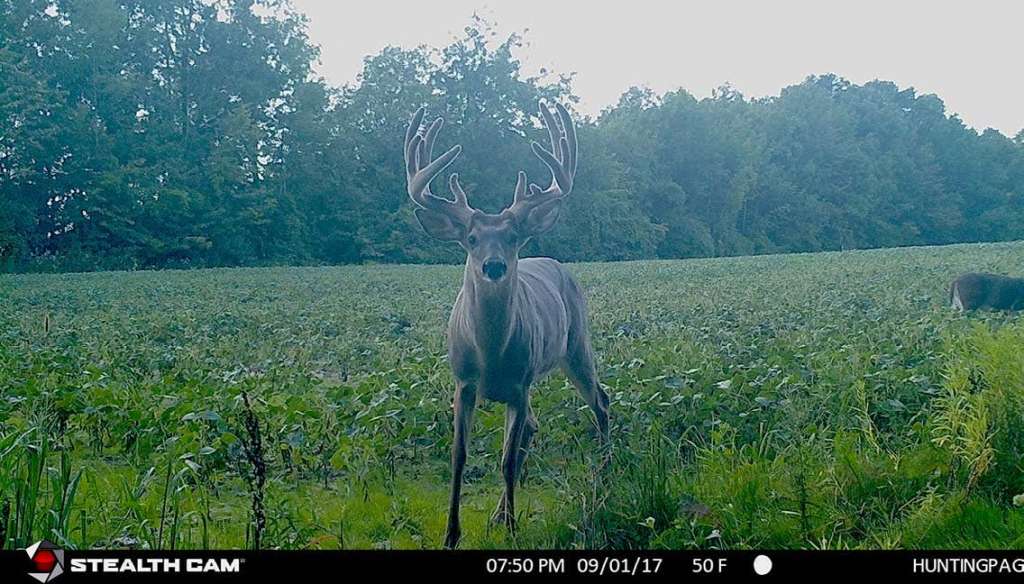It’s no secret that the key to great deer hunting is habitat. It’s also no secret that a so-so hunting property can be turned into an above-average hunting property by improving the quality of the wildlife habitat on the property. Here are 10 habitat tips used by the pros for doing just that.
1. “Release” apples, pears, persimmons, and any other soft mast-producing trees you may have on your property.
Many properties already have soft mast producers in place. They are hidden in old hedgerows and in overgrown fields. “Releasing” them by removing competing trees and nearby brush will give them a new lease on life and increase production.
2. “Foster” old fields and open spaces.
Abandoned fields and clearings produce all kinds of wildlife food and But sometimes, they need a little help. If your old field is too old, it may be headed for the woodlot. Cutting back the heavy woody stuff with a saw or mower (after the nesting season) will keep old fields “young.”


3. Let it go, let it grow.
Allowing the back corner of a field or clearing to grow up into a wildlife habitat is as simple as putting the cutting machine and plow away for a couple of Agricultural practices, while producing food (until harvest), strip properties of valuable wildlife cover.
4. Plant food producers.
Many deer-hunting properties have never seen a plow disk or even a shovel. You can make a difference in habitat by planting. You may need to plant spruce for winter cover. A half dozen apple or chestnut trees can be planted in a couple of hours. If you are deer country, be sure to protect your plantings with deer-proof cages.


5. Food plots rule.
By far, the most popular practice for habitat-conscious deer hunters is planting wildlife food plots. Commercial plot mixes typically contain clovers, chicory, brassica, and/or grains like winter wheat and oats. They all are used by deer, they provide outstanding nutrition, and they benefit wildlife.
6. Fire up the chainsaw.
Experts agree that a chainsaw is a deer’s best friend. Deer live in a world six feet high and under, and what happens above that is relatively unimportant to a Whitetail. Allowing sunlight to reach the forest floor stimulates regeneration and provides food and cover for all types of wildlife.


7. Improve your woodlands.
Most woodlands will benefit from a little (or a lot) of thinning. Have a forester mark trees for culling and fire up the chainsaw. Healthy trees produce more and better timber and mast.
8. Create structure in the woods.
Woodland cutting allows hunters to pile tree limbs and tops to provide protective cover and food (temporarily) in the woods. Tangled piles of limbs protect tender young seedlings from browsing. That encourages regeneration and a new cycle of productive deer habitat.


9. Create “browse” cuts.
Heavy cutting stimulates regeneration. Clearcutting small (one-half acre to one-acre) patches in and around wooded areas will encourage rapid growth of food and cover. Deer love “browse cuts.”
10. Create access.
Hunting property access is important. A network of trails and access roads allows hunters to get in and out of the woods without excessive disturbance. Perimeter roads enhance security. Restricting human movement to established trails and roads away from these areas will minimize pressure and help keep deer from leaving your property.
Just remember to keep your eyes open and to pay attention to when and what habitat improvements you make to your property. You’ll be surprised at how much you have changed your habitat by creating a landscape for all wildlife, including Whitetails and small game. If you have limited open space for wildlife, look into various wildlife habitat incentives and programs offered by state agencies.


STUDYING LAST YEAR’S BIG BUCK TRAIL CAMERA PHOTOS CAN PAY OFF
Hunting Whitetails by previous-season wind and weather patterns can be a very confusing concept to some Whitetail hunters.
Nothing is more important to a mature Whitetail than smelling its surroundings before exposing itself in the open. Whitetails use the wind like a supercharged bird dog, tasting every particle they can to make a strategic decision while concentrating on the important things in life (breeding and food).
Mature bucks have the uncanny ability to know particular stand sights and hunter entrances and exits that go to and from stands. Figuring out when and why they moved through a particular area should be dissected quite carefully. Mature bucks very rarely give you the full advantage when moving during daylight.
Trail cameras are a valuable tool when it comes to trying to connect the dots on a mature buck. Like most tools in the Whitetail hunter’s arsenal, careful planning of camera sites and information from cameras can give you the upper hand on taking a trophy buck.
Looking back at and learning from trail camera photos is a lot of hard work, but it’s also fun and will unlock many of the elements of why that buck moved that particular day.
| Consider using these Hunting apps: |
| OnX Hunt Huntwise Hunt Stand |
There are many great apps and programs for marking down particular buck encounters from the field and trail cameras. Keeping a log of weather, wind direction, and time of year will give you a detailed Whitetail map. You’ll come to know how that buck works the area you hunt regarding certain weather patterns and how he may have beat you this past fall.
You can find specific hourly wind directions and other weather elements, such as moon phase and barometric pressure, on the Weather Channel or from your local weather records.
Mature bucks always have the advantage on you when you are in their house. Studying and logging the data from the previous seasons’ trail cam photos could be your ticket. It can help you form a strategic approach to individual bucks on certain weather patterns or more importantly, specific wind directions.








